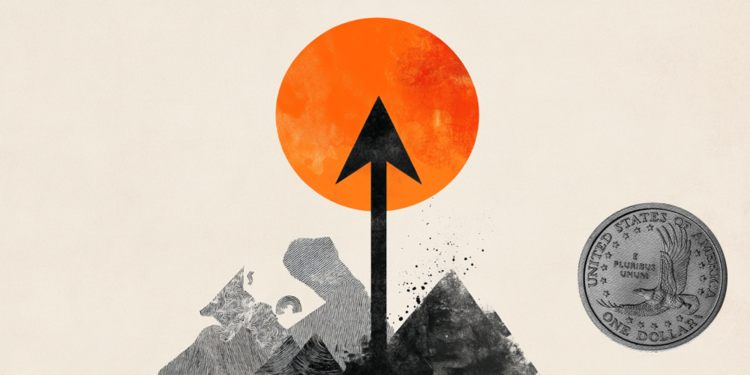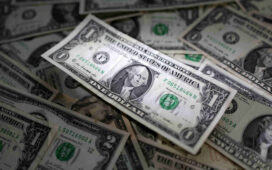- The Indian Rupee falls to a record low in Monday’s early European session.
- The strengthening USD and persistent outflows weigh on the INR.
- Investors await the US January ISM Manufacturing PMI report, which is due on Monday.
The Indian Rupee (INR) tumbles to a fresh all-time low on Monday. Trump’s announcement of the imposition of tariffs on major trading partners including China, Canada, and Mexico exert some selling pressure on the local currency. Additionally, the stronger US Dollar (USD), persistent foreign institutional investors (FIIs) outflows, and risk-off sentiment contribute to the INR’s downside.
On the other hand, the foreign exchange intervention from the Reserve Bank of India (RBI) should defend the Rupee and cap its downside. Later on Monday, traders will keep an eye on the US ISM Manufacturing PMI for January.
Indian Rupee faces some selling pressure amid fears of a trade war
- HSBC India Manufacturing PMI rose to 57.7 in January from 58.0 in December, weaker than the expectation of 57.8.
- India’s foreign exchange reserves were down to $629.557 billion as of January 30, 2024, from $701.176 billion on October 4, 2024.
- Finance Minister Nirmala Sitharaman said in the budget on Friday that the Indian government will target a narrower fiscal deficit of 4.4% of Gross Domestic Product (GDP) for fiscal year 2025-26, down from a revised 4.8% for the current year.
- The government increased gross borrowing to 14.82 trillion rupees ($171.26 billion) from the market to fund the deficit, compared with 14.01 trillion rupees in the current year.
- The White House said on Saturday that a levy of 25% on Canadian and Mexican imports as well as an additional 10% tax on Chinese goods would come into force on Tuesday.
- Canada, Mexico and China have vowed to respond to sweeping new tariffs on their exports to the US announced by Trump.
- “Tariff announcement is necessary to hold China, Mexico, and Canada accountable for their promises to halt the flood of poisonous drugs into the United States,” the White House said in a statement on X on Saturday.
USD/INR seeks a new all-time high
The Indian Rupee trades on a weaker note on the day. The USD/INR pair maintains a constructive outlook on the daily chart as the price is above the key 100-day Exponential Moving Average (EMA). The upward momentum is supported by the 14-day Relative Strength Index (RSI), which is located above the midline near 63.20, suggesting that the support is likely to hold rather than break.
The 87.00 psychological mark acts as a first upside barrier for the pair. Sustained gains above this level could see a run to 87.50.
On the other hand, the initial support level emerges at 86.51, the low of January 31. A decisive break below this level could expose 86.31, the low of January 28.
RBI FAQs
The role of the Reserve Bank of India (RBI), in its own words, is “..to maintain price stability while keeping in mind the objective of growth.” This involves maintaining the inflation rate at a stable 4% level primarily using the tool of interest rates. The RBI also maintains the exchange rate at a level that will not cause excess volatility and problems for exporters and importers, since India’s economy is heavily reliant on foreign trade, especially Oil.
The RBI formally meets at six bi-monthly meetings a year to discuss its monetary policy and, if necessary, adjust interest rates. When inflation is too high (above its 4% target), the RBI will normally raise interest rates to deter borrowing and spending, which can support the Rupee (INR). If inflation falls too far below target, the RBI might cut rates to encourage more lending, which can be negative for INR.
Due to the importance of trade to the economy, the Reserve Bank of India (RBI) actively intervenes in FX markets to maintain the exchange rate within a limited range. It does this to ensure Indian importers and exporters are not exposed to unnecessary currency risk during periods of FX volatility. The RBI buys and sells Rupees in the spot market at key levels, and uses derivatives to hedge its positions.




